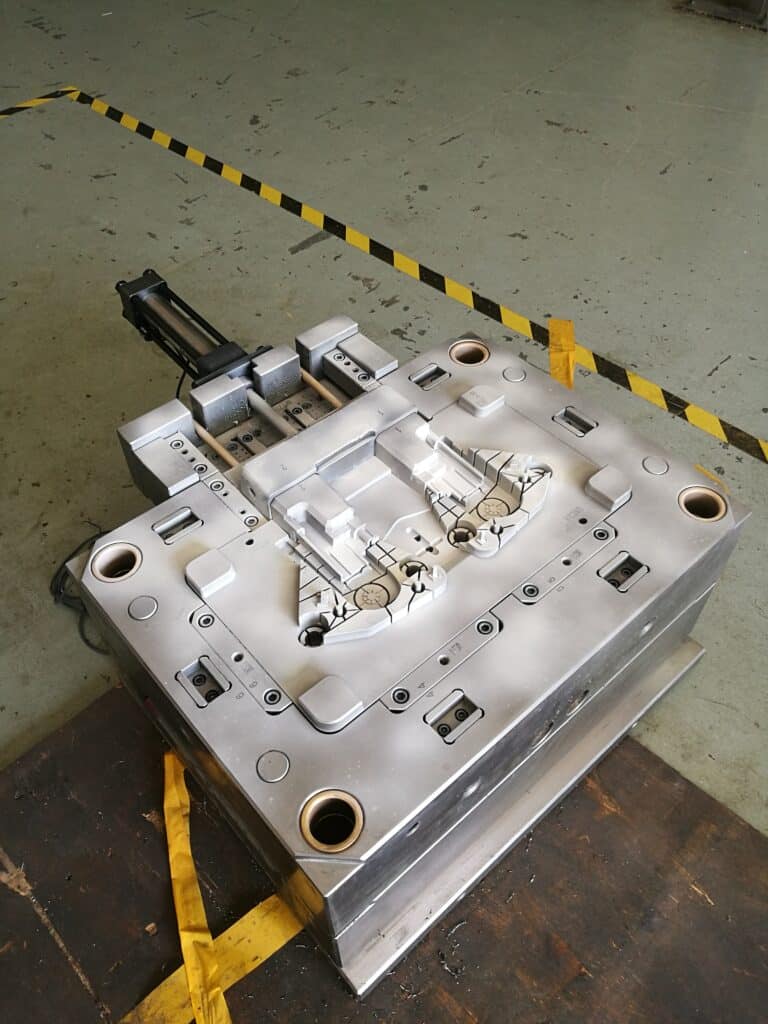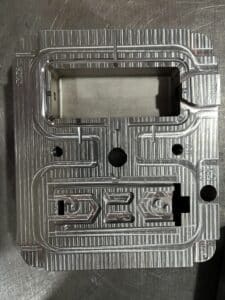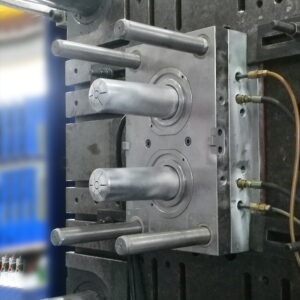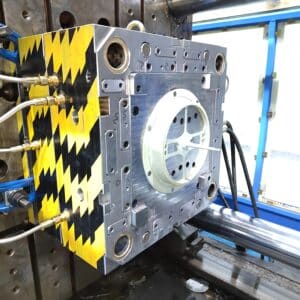Injection molding encountered these four common problems, how to solve?
A, the solution to the bubble phenomenon in the injection molding process
According to the causes of bubbles, the following countermeasures are available to solve the problem.
1. When the wall thickness of the product is larger, the cooling rate of its outer surface is faster than that of the central part, therefore, as the cooling proceeds, the plastic resin in the central part shrinks while expanding to the surface, so that the central part is underfilled. This situation is called vacuum bubble solution mainly has the following methods
a. According to the wall thickness, determine the reasonable gate and sprue size. Generally the gate height should be 50%-60% of the product wall thickness.
b. Leave a certain amount of supplementary injection material until the gate is closed.
c. The injection time should be slightly longer than the gate sealing time.
d. Reduce the injection speed and increase the injection pressure.
e. Use materials with high melt viscosity grade.
2. The bubbles caused by volatile gas generation, the solutions are mainly as follows
a. Adequate pre-drying.
b. Reduce the temperature of resin to avoid the decomposition gas.
3. The bubbles caused by poor liquidity can be solved by increasing the temperature of resin and mold, and increasing the injection speed.
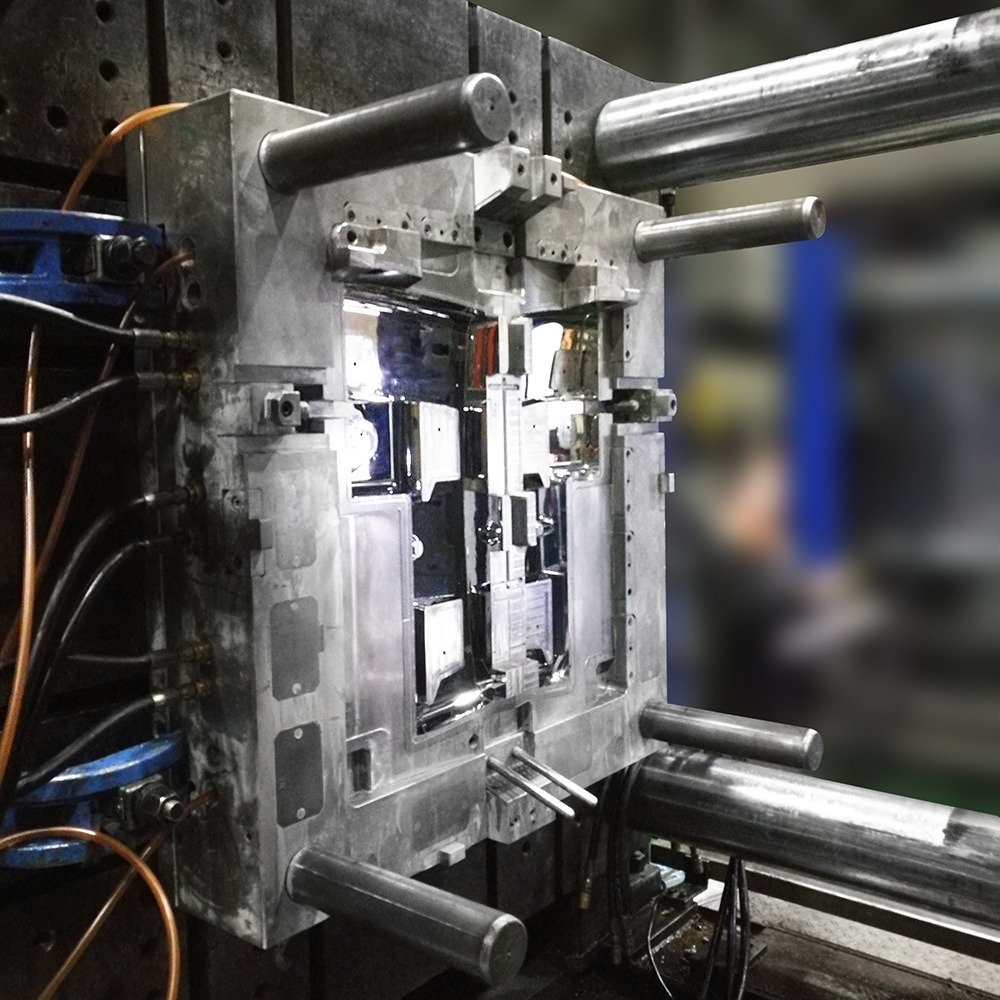
Second, the analysis of the causes of the main flow channel sticky mold during injection molding
The causes and methods of elimination of mold sticking in the main channel during injection molding are
1. The cooling time is too short, the main channel has not yet solidified.
2. Mainstream channel slope is not enough, should increase the slope of the mold release.
3. Mainstream channel bushings and injection nozzle with improper size caused by leakage.
4. Mainstream channel is rough, and there is no cooling well in the main stream channel.
5. The temperature of the injection nozzle is too low, and the temperature should be increased.
Analysis of the causes of slow production during injection molding
The reasons for slow production during injection molding and the solutions are as follows.
1. High plastic temperature and mold temperature, resulting in long cooling time.
2. Long melt time, reduce back pressure, use less recycled material to prevent overhead, and feed section cooling should be sufficient.
3. The movement of the machine is slow, it can be adjusted from the oil circuit and circuit to speed up properly.
4. The design of the mold should be convenient for demoulding, and be designed for fully automatic operation as far as possible.
5. The wall thickness is too large, causing the cooling time to be too long.
6. Nozzle salivation, which hinders normal production. Self-locking nozzle should be used, or the temperature of the nozzle should be reduced.
7. Insufficient heat supply to the barrel, should be replaced with a machine with large plasticizing capacity or strengthen the preheating of the material.
Fourth, the causes of injection molding products dissatisfaction analysis
The main reason for dissatisfaction of injection molding products is the lack of material and improper injection pressure and speed (including resistance caused by excessive pressure depletion).
It may be caused by the following aspects.
1. Injection molding machine causes.
The plasticizing volume or heating rate of the machine is variable, the plasticizing volume and heating power of the machine should be used.
Screw and barrel or over rubber head wear caused by the return of material and the actual mold filling volume is not in; thermocouple or heating ring and other heating system failure caused by the actual temperature of the barrel is too low; injection cylinder sealing components wear caused by oil leakage or reflux, and can not achieve the required injection pressure; injection nozzle bore is too small or nozzle center degree is not properly adjusted to cause excessive resistance and pressure consumption.
2. Injection mold causes.
a. The local or overall temperature of the mold is too low causing difficulties in feeding, the mold temperature should be increased appropriately.
b. The distribution of the mold cavity is not balanced, and the wall thickness of the part is too thin, causing pressure consumption too lei and mold filling force. Should increase the wall thickness of the whole or local parts or can be set near the underfilling, auxiliary flow or gating solution.
c. Too small runners in the mold will cause pressure loss; too large will cause weak injection; too rough will cause the part to be unfilled. The size of the runner should be set appropriately, and the transition between the main flow channel and the manifold, the gate or the turn itself should be appropriately transition.
d. Poor exhaust of the mold. The material entering the cavity is blocked by the pressure of gas that cannot be discharged in time and causes insufficient filling. You can make full use of the screw gap exhaust or reduce the clamping force to use the parting surface exhaust, if necessary, to open the exhaust channel or air hole.


